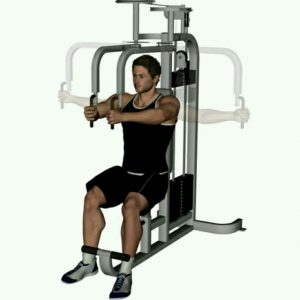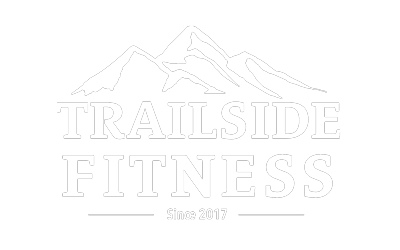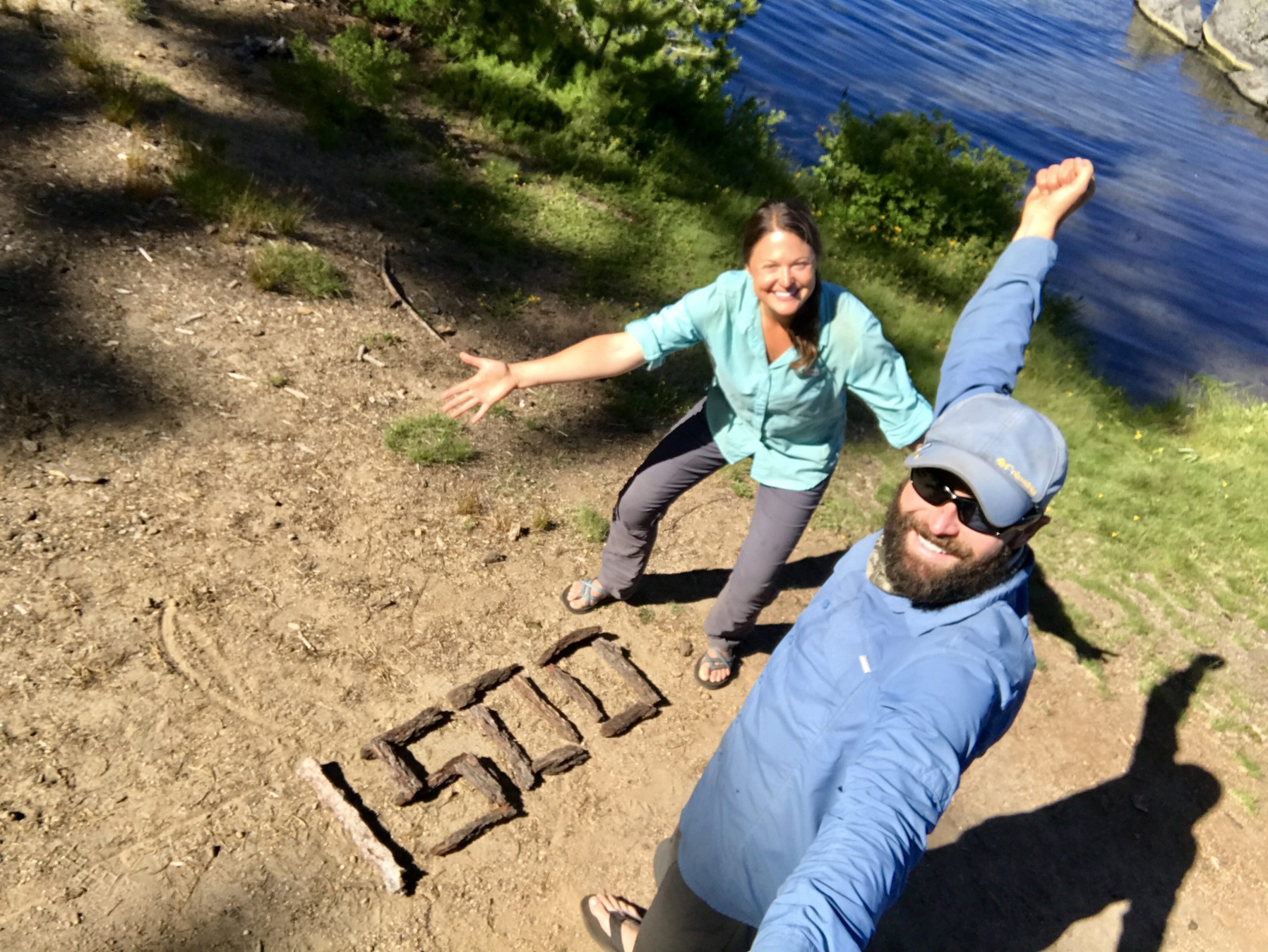What to you know before you start your training program
What to know before starting a hiking training program may seem daunting, but it’s all laid out here for you. Before starting your training program, it’s important to know a few guidelines to ensure your success and avoid wasting time. Here are my top 3 things you should know before starting a training program for your next adventure.
What to look for in a training program
What to know before starting a hiking training program starts with the program itself. If a program has you doing things like bicep curls, squats on a Bosu, or using the pec machine, or it’s probably not a wise program for hikers. Yes, biceps will help you lift your pack up and put it on. But you don’t need to do curls to prepare for that part of your trip. I promise.

Not made for hikers!
There are no bad exercises, just ones that fit your needs and goals and ones that don’t.
Learn to spot the imposters: if it’s an isolation exercise and uses only one joint of your body (think isolated bicep curls) it’s not for you. If it incorporates more than one joint (squats) that’s ideal.Â
What about machines?
I would personally prefer that programs don’t rely solely on machines. You should learn be comfortable moving your body with and without weights. That’s sort of what backpacking is, right?
Machines do serve a purpose but may not be the best choice for hike preparation. I like some machines but most of us will benefit most from using free weights or body weight versions of exercise. Using machines also means that you need to go to the gym to get the workout in. That eliminates the ability to remain flexible with your training schedule.
High intensity yea or nay?
High intensity interval training or HIIT is also not your best bet. Now before you fire off comments about me have 3 or 4 different HIIT workouts on my site, let’s talk about why they are there and why they will remain.Â
These workout have some things going for them. For starters, they do improve your cardio vascular endurance, that’s been proven time and time again. They are short, taking up to about 20 minutes to complete. Third, they give you options if you are really time crunched but need to get in a workout. (Even then, it’s probably not your best use of time.)
Of course, there are cons too. It’s not the right type of training for hikers. Ideally, you’d have less high intensity training and more sub-maximal training. The lower intensity mimics hiking better than the high intensity stuff. Secondly, the workouts are so short that they miss the endurance component. Third, you can’t target hiking specific exercises very well. Some exercises require thought and muscle control, not speed.
What should a training program offer?
Cardio training. The cardio should mostly be sub maximal effort. Hikers don’t redline very often and the training should reflect that. It’s okay to go “all out” occasionally but don’t spend time crushing yourself with hot and heavy cardio workouts.
Muscular Endurance. Hikers spend hours on their feet and that means you’ll need a solid base of muscular endurance. A program should work you up to 3-4 working sets of exercise and repetition schemes in the 12-20 range for the exercises.Â
Strength Training. Building strong muscles will ensure that you are ready for carrying a pack that can be heavy at times, up hills, through streams, down hills and over uneven terrain. Strong legs, core, and shoulders will be a massive benefit before you go.
There should be a mix of single leg and double leg exercises. You should be pushing and pulling, rotating or resisting rotation in a variety of ways and directions. Each trainer has their own style and preferred exercises (lunges!) but trainers can and (should) adjust to meet your comfort and skill level.
Bonus: Extras that cover things like a training hike mileage/elevation plan to guide your training hikes. Exercises that target commonly injured areas for hikers. This might mean glute specific exercises to reduce IT band issues, foot exercises, or ankle strengthening exercises.
Recovery or de-load weeks. For example, a typical program will have you working on a routine for 3 weeks and de-loading for one week. This might be a reduced number of reps, sets, or weight for a week. It may also include yoga, stretching, or other recovery activities.Â
I’d also look for scheduled days off in program, flexibility for busy schedules, and wiggle room to do activities you really enjoy, like yoga or a spin class. It’s also important that a program can be adjusted for any issues past or present like injuries, arthritis, or aches/pains.
What to know about hiring a personal trainer
One aspect to know before starting a hiking training program is around finding a qualified trainer to help guide you. It’s not mandatory that your trainer have hiking experience, but it sure does help. The experience that comes with hiking helps a trainer understand the specific needs for hikers. With out that trainer knowledge, you may find a program with exercises that are not using your time wisely.
An important note here – Just because someone has hiked a long distance trail doesn’t make them qualified to offer training advice. I see this a LOT on the internet groups. Take ANY advice from those groups with a grain of salt.
There’s a lot of science and skill that goes into programming a workout. A trainer should know and understand:
- selecting the correct exercises
- knowing what muscle groups are targeted
- exercise frequency and intensity
- how to modify an exercise to be easier or harder
- how to properly adjust a program to meet your needs
- energy systems in the body and how to train them
- recovery methods to boost performance
- common sense
Does the internet group commenter take into account these things? Unlikely.
What credentials should I look for in a trainer and why should I care?
Having a personal training certificate shows that someone was willing to put in the time, money, and effort. For them, fitness is more than just a hobby. It shows a level of competence and understanding of principals that non-certified trainers may not have. There are plenty of non-certified smart “trainers” out there, but find one that has committed their craft by getting certified.Â
The particular credentialing body isn’t that important since they all teach the basics. A degree in exercise science is a bonus, as are degrees in physical therapy. These types of degrees show a mastery of anatomy, physiology, movement irregularities, common injury causes, and corrective exercise.Â
Why should I consider hiring a trainer?
What to know before starting a hiking training program should also include considering hiring trainer. Why? Accountability. It’s darn easy to say you’re going to train and be ready when the time comes. Suddenly, you end up working long hours to save money, friends want to hang out, family stuff comes up, you get sick, you miss a 10 days in a row and your start day is creeping up. Now what?
How will you make program adjustments when these inevitable things pop up? Would you just restart the program? Do you pick up where you left off? Should you train twice as much to make up for lost time? Should you stop altogether because you aren’t sure what to do? Do you restart next week and take the rest of the week off? Find a shorter program to do instead It can be overwhelming!
This is why a trainer makes sense. Let them sweat the details and make adjustments to help keep you on track. Come to them with your concerns and they will provide you with the answers to keep you on target. As a bonus, they will also motivate you and are an immediate resource for your questions. That’s what you pay them for!
I will note that I answer training questions and injury related questions for hikers all year long. If you have a question, let me know!Â


Recent Comments